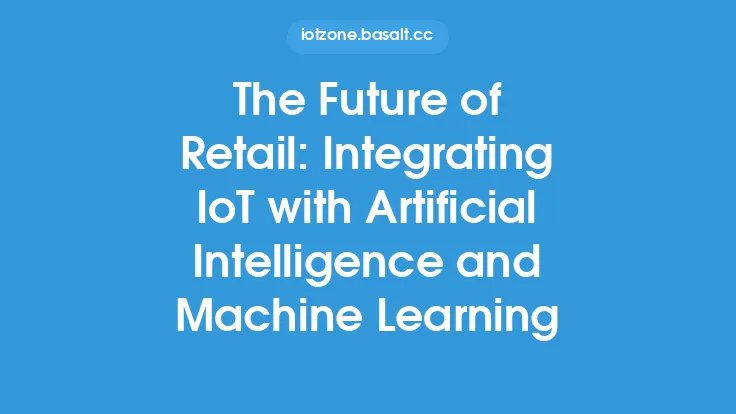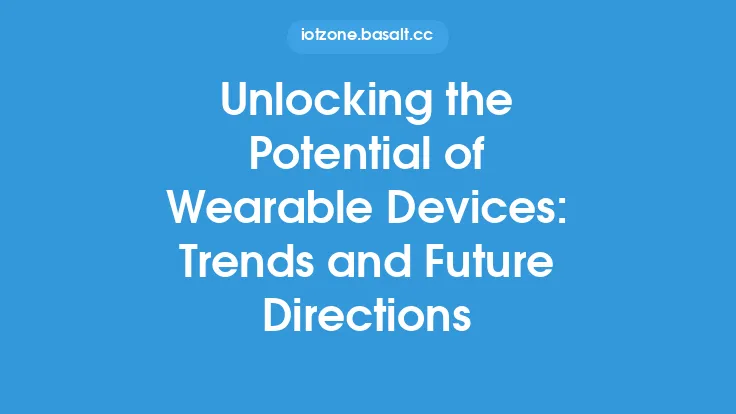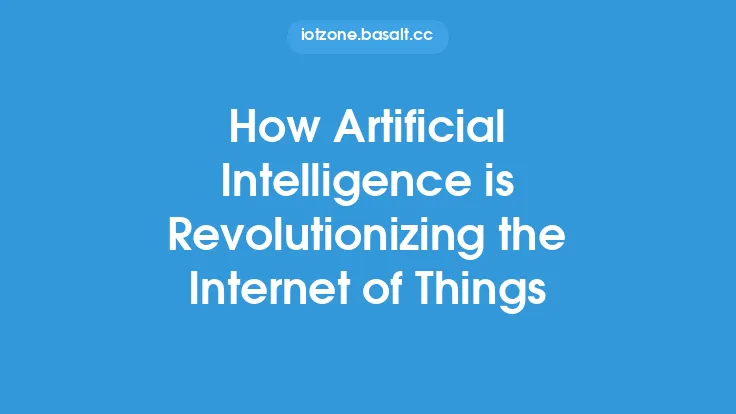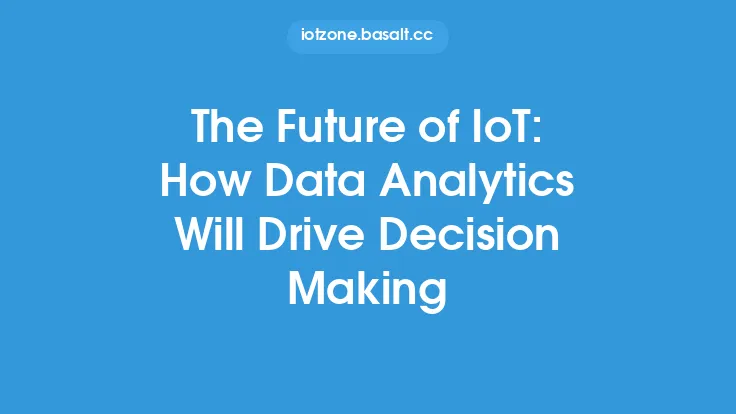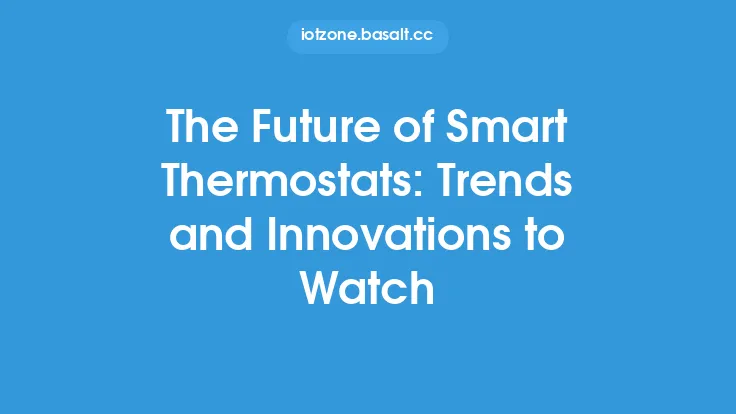The Internet of Things (IoT) has been rapidly evolving over the past decade, with an increasing number of devices becoming connected and able to collect and exchange data. As the IoT continues to grow, it is becoming increasingly clear that artificial intelligence (AI) will play a crucial role in shaping the future of the industry. AI has the potential to unlock new capabilities and applications for IoT devices, enabling them to become more intelligent, autonomous, and interactive.
Introduction to AI in IoT
Artificial intelligence refers to the development of computer systems that can perform tasks that would typically require human intelligence, such as learning, problem-solving, and decision-making. In the context of IoT, AI can be used to analyze the vast amounts of data generated by connected devices, identify patterns and trends, and make predictions or take actions based on that data. This can enable a wide range of applications, from smart homes and cities to industrial automation and healthcare.
Key Technologies Driving AI in IoT
Several key technologies are driving the development of AI in IoT, including machine learning, natural language processing, and computer vision. Machine learning, a subset of AI, involves training algorithms on data to enable them to make predictions or take actions based on that data. Natural language processing enables devices to understand and respond to voice commands, while computer vision enables devices to interpret and understand visual data from cameras and other sensors.
Applications of AI in IoT
The applications of AI in IoT are diverse and widespread. In the industrial sector, AI can be used to predict equipment failures, optimize production processes, and improve supply chain management. In the healthcare sector, AI can be used to analyze medical images, diagnose diseases, and develop personalized treatment plans. In the consumer sector, AI can be used to develop smart home devices that can learn and adapt to a user's preferences and habits.
Challenges and Limitations of AI in IoT
Despite the many potential benefits of AI in IoT, there are also several challenges and limitations that must be addressed. One of the biggest challenges is the need for high-quality data to train AI algorithms. IoT devices can generate vast amounts of data, but that data must be accurate, complete, and consistent in order to be useful for AI applications. Another challenge is the need for robust security measures to protect against cyber threats and data breaches.
Edge Computing and AI in IoT
Edge computing is a key technology that is enabling the development of AI in IoT. Edge computing involves processing data at the edge of the network, close to where it is generated, rather than in a centralized cloud or data center. This can reduce latency, improve real-time processing, and enable more efficient use of bandwidth. In the context of AI, edge computing can enable devices to make decisions and take actions in real-time, without the need for cloud connectivity.
Real-World Examples of AI in IoT
There are many real-world examples of AI in IoT, from smart home devices to industrial automation systems. For example, smart thermostats can use machine learning to learn a user's temperature preferences and adjust the temperature accordingly. Industrial automation systems can use computer vision to inspect products and detect defects. Smart cities can use AI to optimize traffic flow, reduce energy consumption, and improve public safety.
Future Directions for AI in IoT
As the IoT continues to evolve, we can expect to see even more innovative applications of AI. One area of research is the development of more advanced machine learning algorithms that can learn from smaller amounts of data and adapt to changing conditions. Another area of research is the development of more robust security measures to protect against cyber threats and data breaches. We can also expect to see more widespread adoption of edge computing and other technologies that enable real-time processing and decision-making.
Conclusion
In conclusion, artificial intelligence is poised to play a major role in shaping the future of the IoT industry. With its ability to analyze vast amounts of data, identify patterns and trends, and make predictions or take actions, AI has the potential to unlock new capabilities and applications for IoT devices. As the IoT continues to evolve, we can expect to see even more innovative applications of AI, from smart homes and cities to industrial automation and healthcare. By understanding the key technologies, applications, and challenges of AI in IoT, we can better prepare for the opportunities and challenges that this technology will bring.
